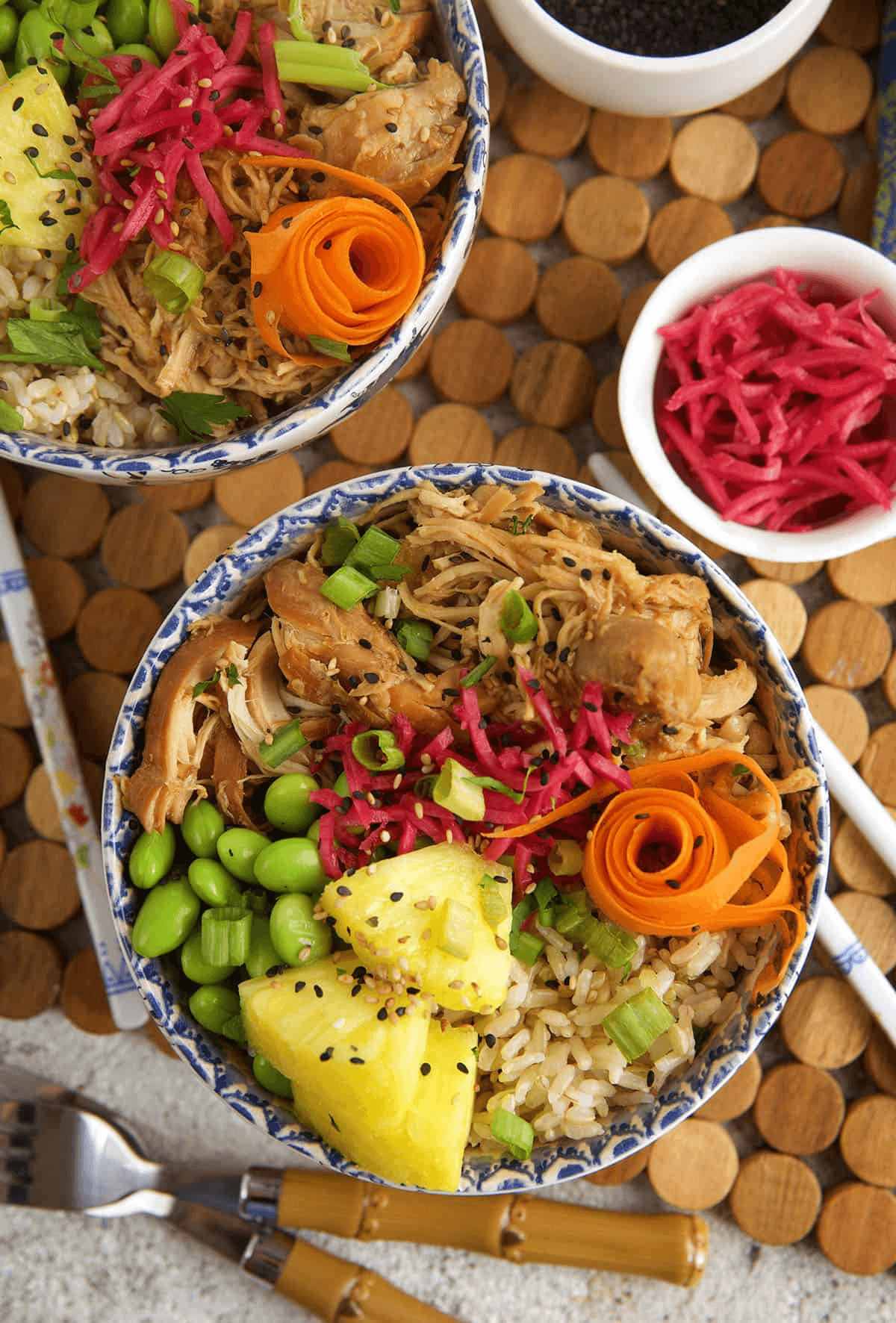This post may contain affiliate links. Please read our disclosure policy.
Brown butter is that one simple trick that takes any dish to the next level! Here’s how to brown butter and the best ways to put it to use.
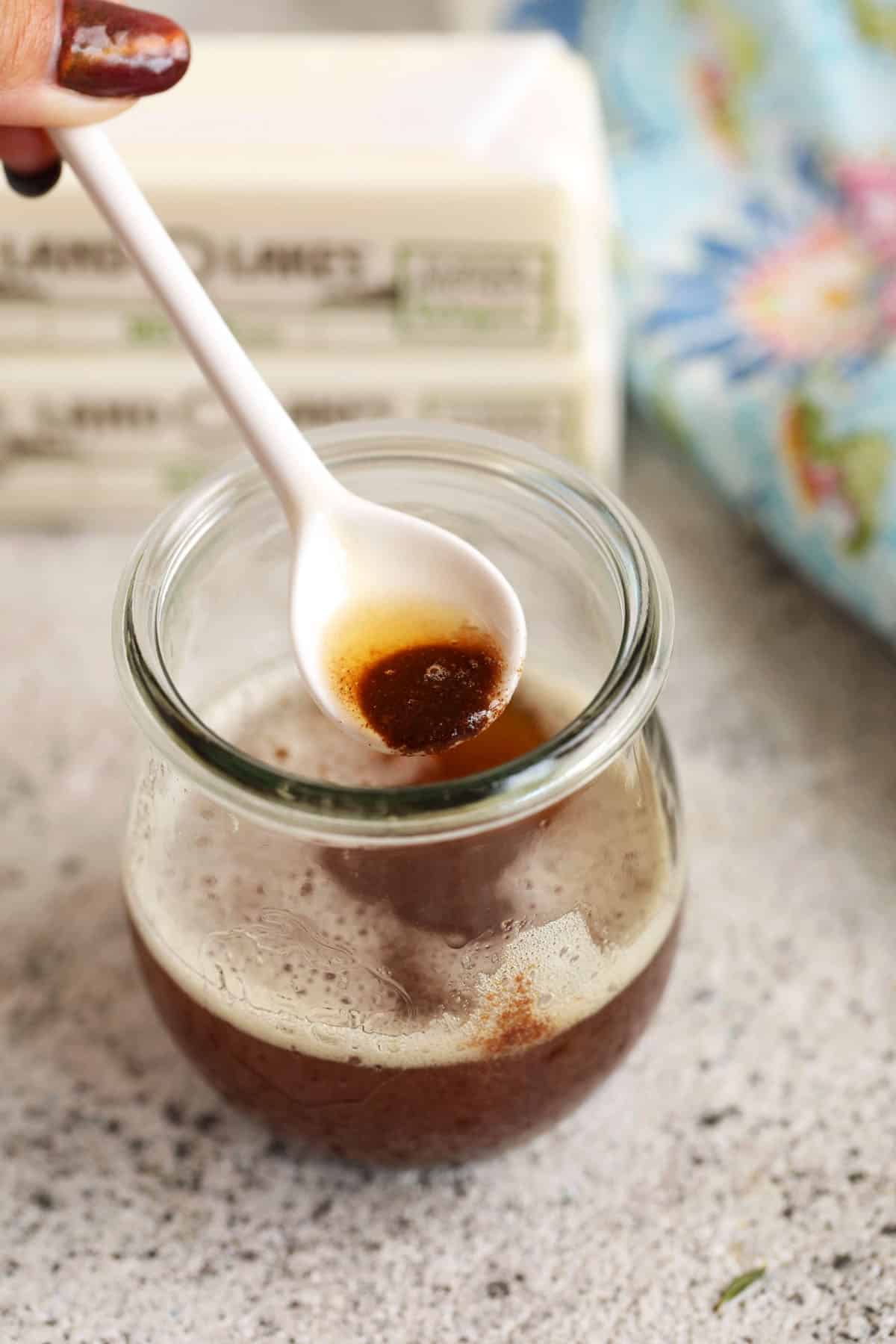
What Is Brown Butter?
Brown butter, also known as browned butter or as beurre noisette in French, is a game-changing ingredient. If you thought butter was good, just WAIT until you try it browned.
It’s simply made by melting regular butter in a pan on the stovetop until the milk solids separate and begin to caramelize, turning a rich, nutty brown color. (Beurre noisette literally means hazelnut butter in French, which describes the color.)
The browning process imparts a deep, toasty, aromatic flavor that’s equally fabulous in both sweet and savory dishes. In baking, it’s used to elevate cookies, cakes, and pastries, while in cooking, it’s drizzled over veggies, fish, pasta, and more.
While brown butter is simple—it’s a single ingredient recipe!—it is the kind of thing that relies heavily on knowing the right technique. But follow the instructions on how to brown butter below and you won’t go wrong.
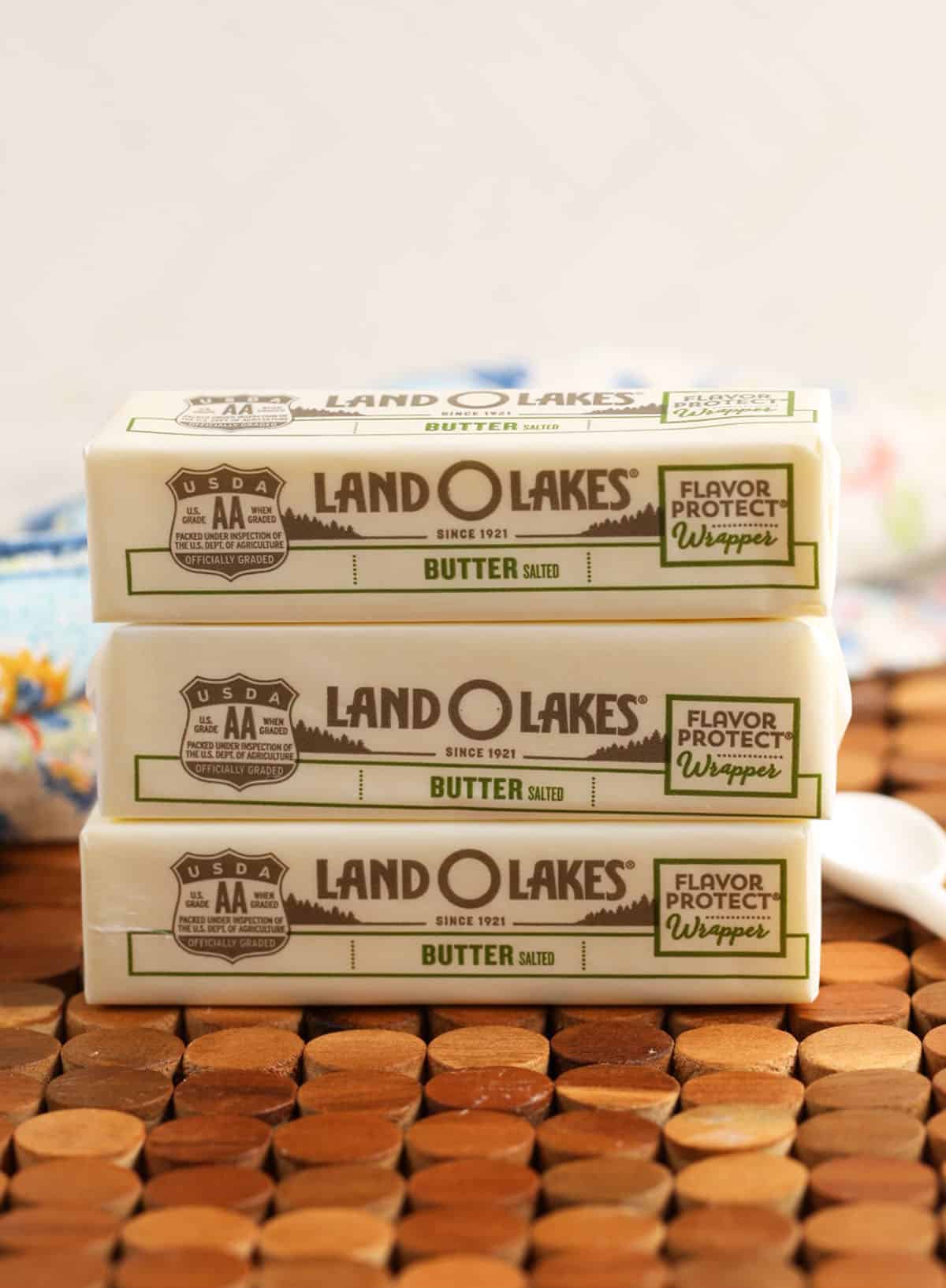
Ingredients for Brown Butter
Here’s a quick rundown of what you’ll need for this recipe. For the full measurements, scroll down to the recipe card.
- Unsalted butter – This is all you need! That said, you want to spring for a good butter. I’ve noticed that some inexpensive brands contain more water and don’t brown as well or get very foamy when heated, which can make it hard to tell when the butter is actually browning.
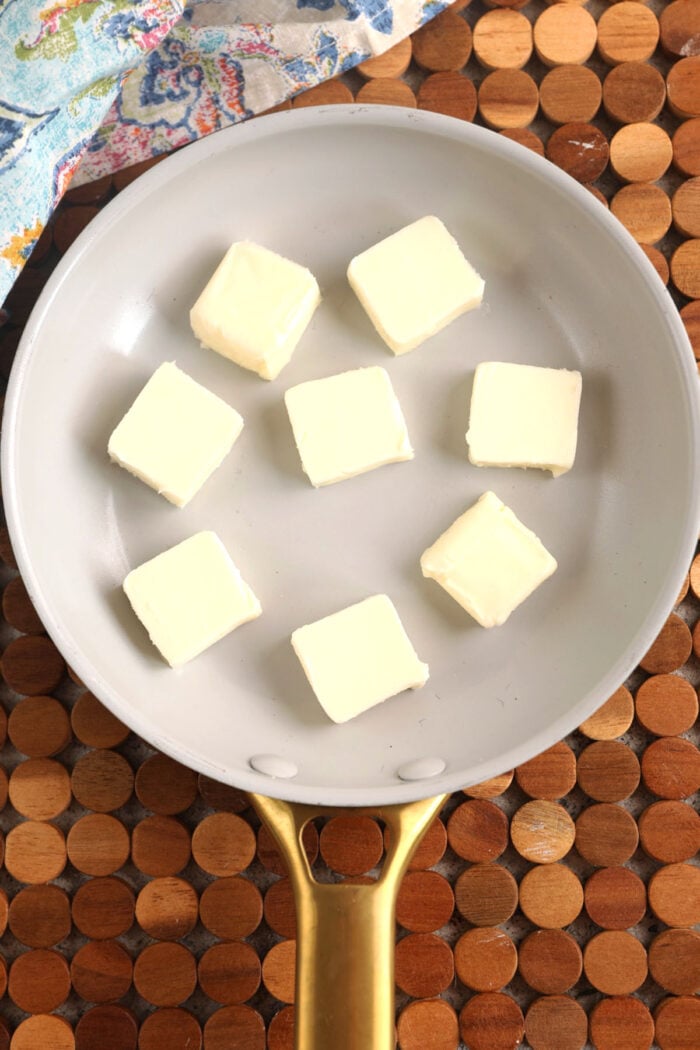
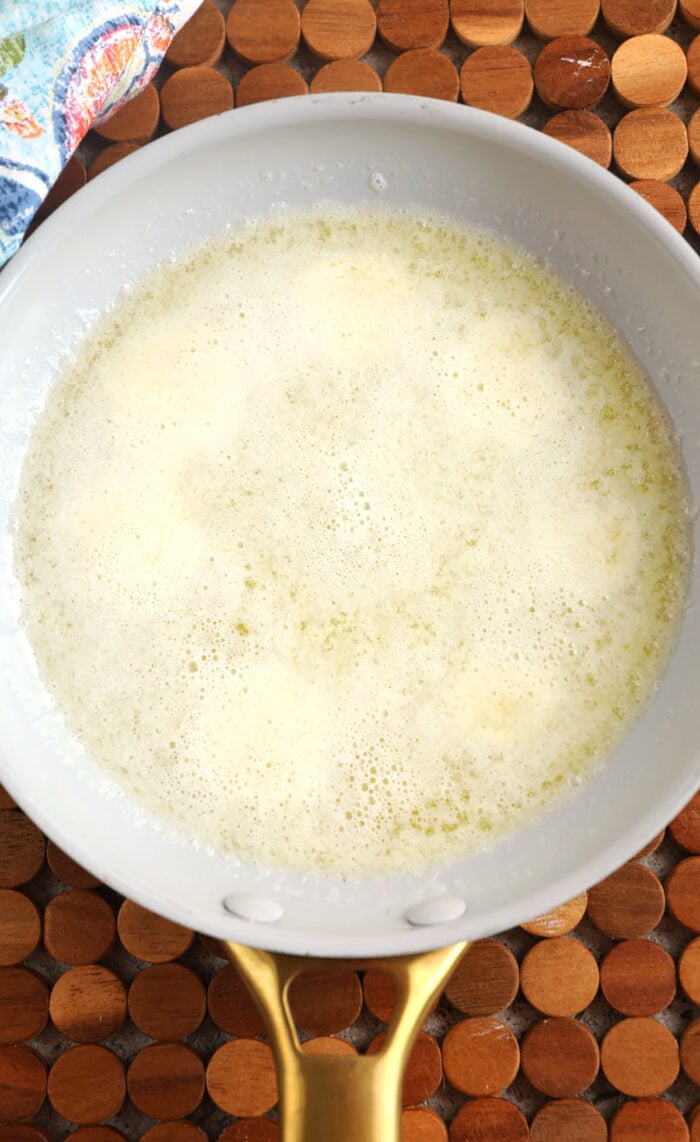
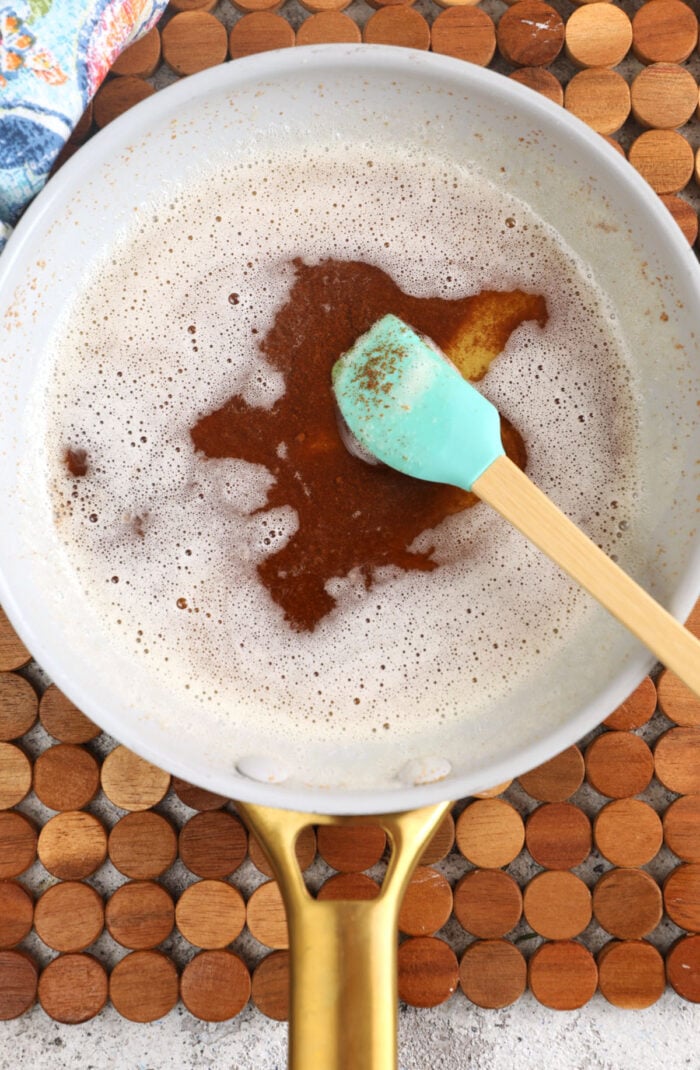
How to Brown Butter
For printable instructions, check out the recipe card below.
- Melt the butter. Add the stick of butter to a saucepan over medium heat. Stir until it melts.
- Turn up the heat. The butter will start to foam and bubble. When this happens, increase the heat to medium-high.
- Stir. As the butter cooks, continue to stir and scrape the bottom of the pan. You’ll notice golden brown bits at the bottom of the pan and the aroma will go from melted butter (good) to nutty and caramelized (AMAAAZING).
- Finish. Once the bits at the bottom of the pan darken to a bronze color, remove the pan from heat and pour the butter into a heat-proof bowl. Scrape all the milk solids from the bottom of the pan into the bowl, too—they’re the tastiest part!
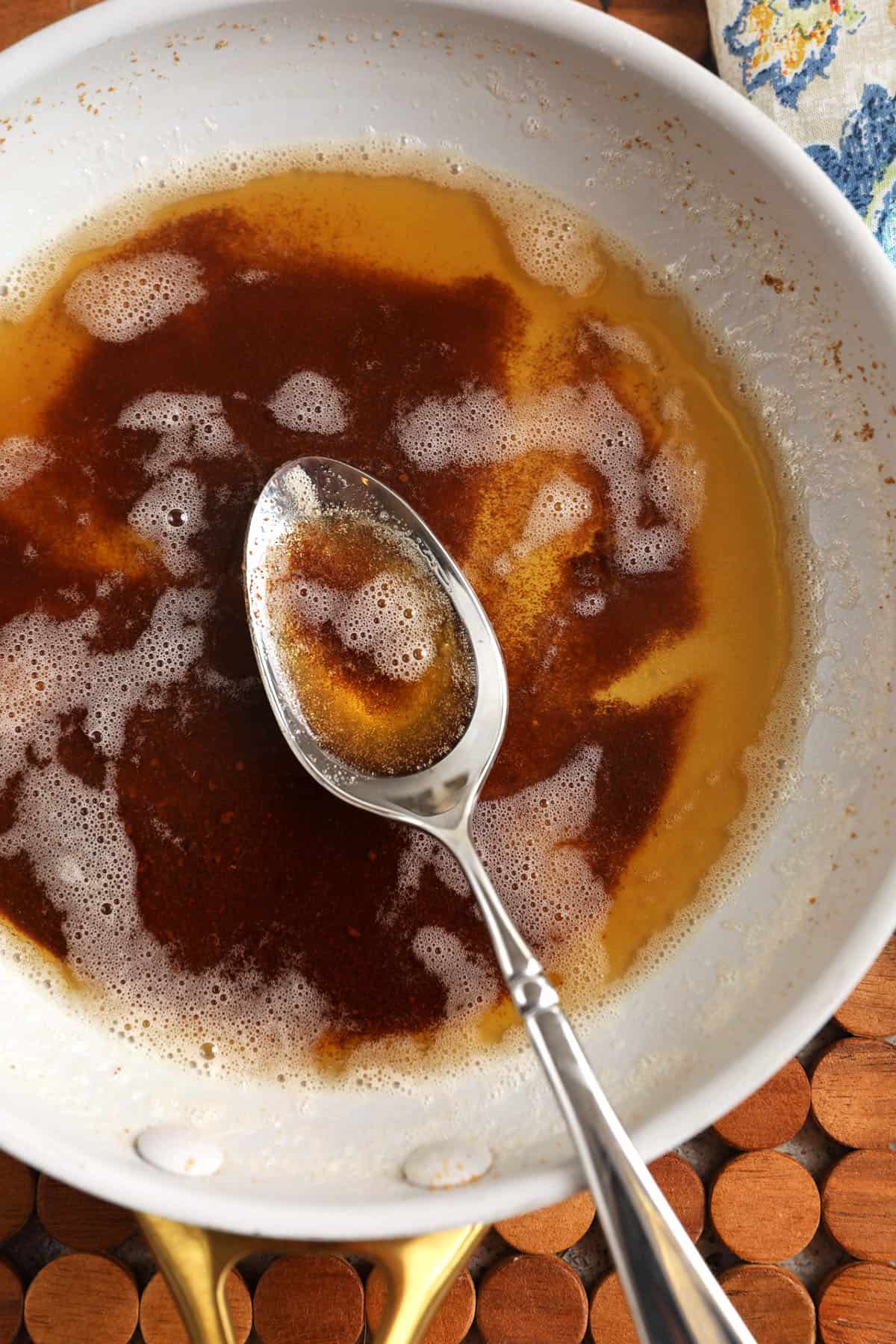
Tips for Making Brown Butter
- Don’t walk away from the stovetop. Making brown butter is easy, but it does require a little bit of babysitting. It can go from perfectly browned to burnt in a matter of seconds, and you absolutely cannot salvage it once it’s burnt. (I speak from bitter experience.)
- Choose a light-colored pan or skillet. This will help you better monitor the browning process and prevent burning. A dark pan like a cast iron skillet can make it difficult to see the color of the butter as it browns.
- Peek past the foam. If your butter gets very foamy, tilt the pan to be able to see the milk solids, or use a spoon to push the foam aside. It’s important to be monitoring the butter closely as it cooks.
- Bonus points: add sage. Towards the end of browning the butter, add a few fresh sage leaves and cook them until they’re crispy. Then, add the butter and crispy sage leaves to roasted butternut squash, pasta, mashed potatoes, and more.
How to Substitute Brown Butter in a Recipe
You can absolutely bake with brown butter even in a recipe that calls for regular butter. There is a caveat, though—brown butter cooks the water off of butter. If you use that butter in a baking recipe, it throws off the formula a bit because your batter or dough won’t have the proper amount of moisture.
The solution? Add a tablespoon of water to the recipe for each stick of butter. (So, for a half stick of butter, you’d add a 1 1/2 teaspoons of water.)
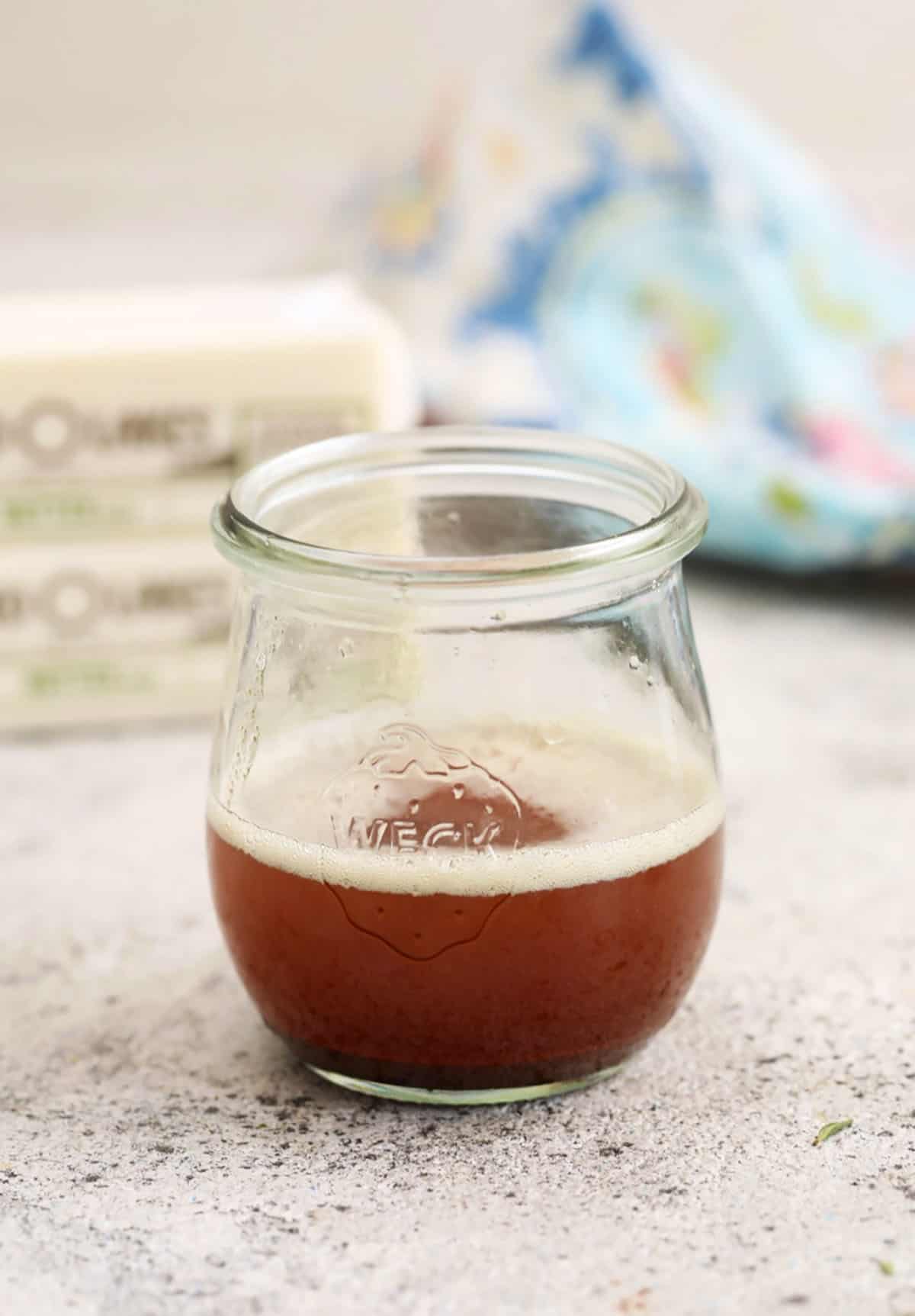
My Favorite Ways to Use Brown Butter
- Rice Krisipie treats. Add a depth of flavor to classic Rice Crispy Treats.
- Banana bread. Use in place of regular melted butter for an extra delicious Banana Bread.
- Pasta. Drizzle over butternut squash ravioli or sweet potato gnocchi.
- Vegetables. Add a drizzle to Roasted Sweet Potatoes, Air Fryer Brussels Sprouts, or Roasted Green Beans.
- Fish. Use to finish baked, grilled, or pan-fried salmon.
How to Store Brown Butter
Once you’ve made your brown butter and allowed it to cool slightly, transfer it to an airtight container. Store it in the refrigerator for up to 2 weeks; it will solidify, but you can melt it in the microwave or in a pan on the stovetop.
Brown butter can also be frozen for up to 3 months. Try freezing it in an ice cube tray so you have a pre-portioned amount to add to roasted veggies and other recipes.
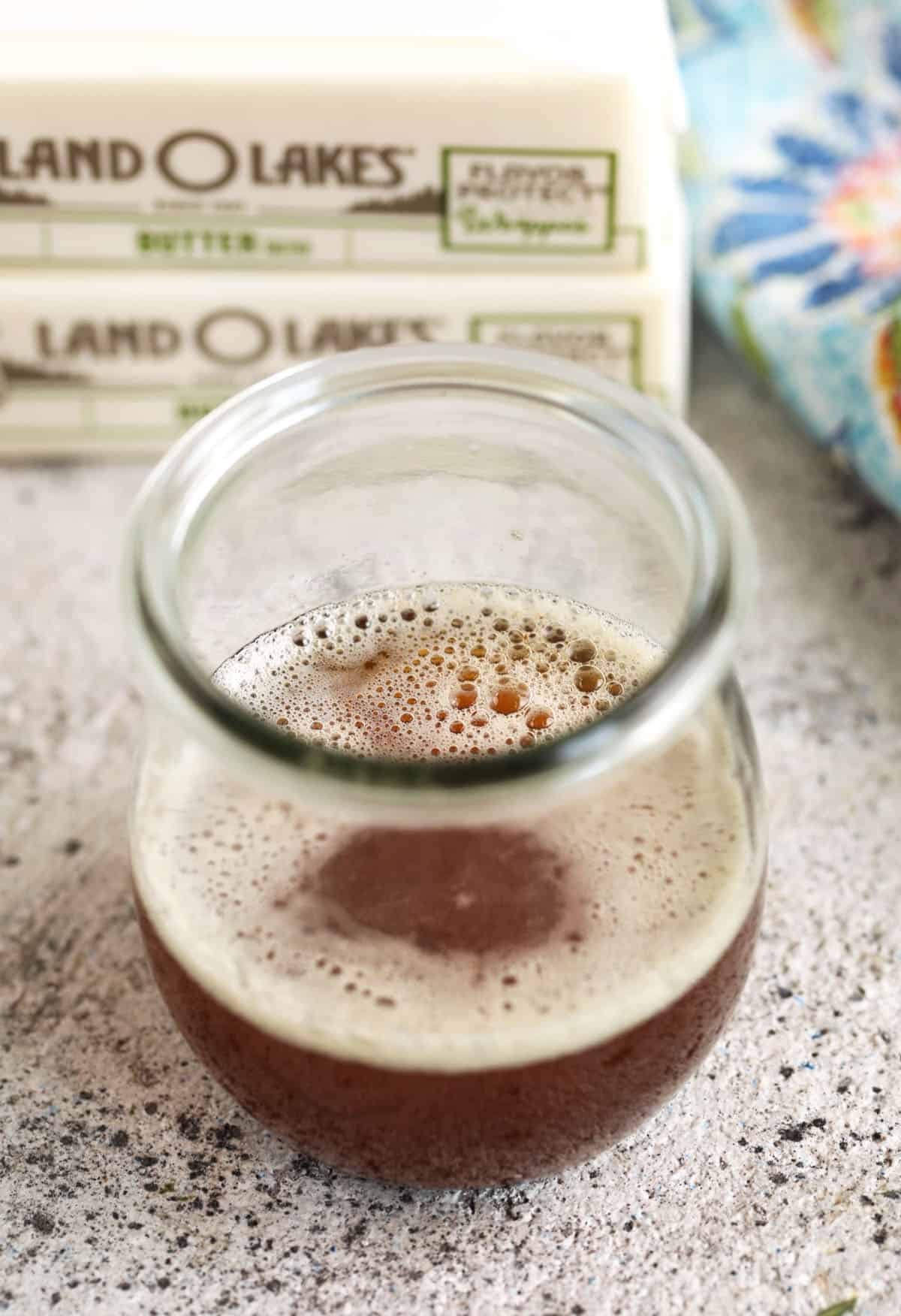
More Kitchen Basics
- How to Cut a Pineapple
- How to Make Rotisserie Chicken
- How to Roast Garlic (Roasted Garlic Recipe)
- How to Make Sourdough Starter
- How to Cut a Pomegranate
- How to Make Poached Eggs
- How to Make Bechamel Sauce
For more easy recipes, follow us on Instagram and Facebook!
How to Brown Butter
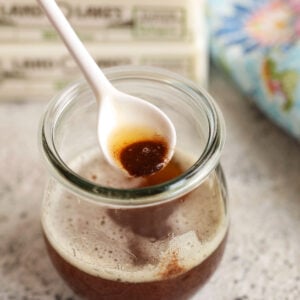
Ingredients
- 8 tablespoons unsalted butter, cut into 8 pieces
Instructions
- In a small, light-colored saucepan set over medium heat, add the butter and stir until melted.
- As the butter heats up it will start to foam over the top and bubble around the edges. At this point, turn up the heat to medium high and continue stirring. Small golden bits settle on the bottom of the pan. Continue stirring and scraping the bottom of the pan for 1-3 minutes as they deepen to a bronze. Use your senses to guide you: you should see the deep golden bits on the bottom of the pan (think the color of golden pancakes) and smell the most delicious nutty, caramelized fragrance. Once the bits are a bronzed immediately take off of the heat and pour into a heat-safe bowl to cool. Be sure to scrape all of the bronzed milk solids into the bowl.
- Brown butter can be used once cooled or stored in an air-tight in the fridge for a later date.
Notes
Nutrition
Nutrition information is automatically calculated, so should only be used as an approximation.




